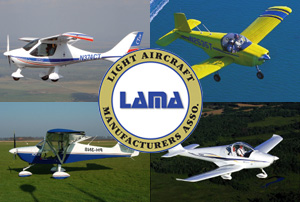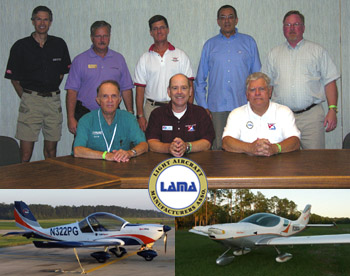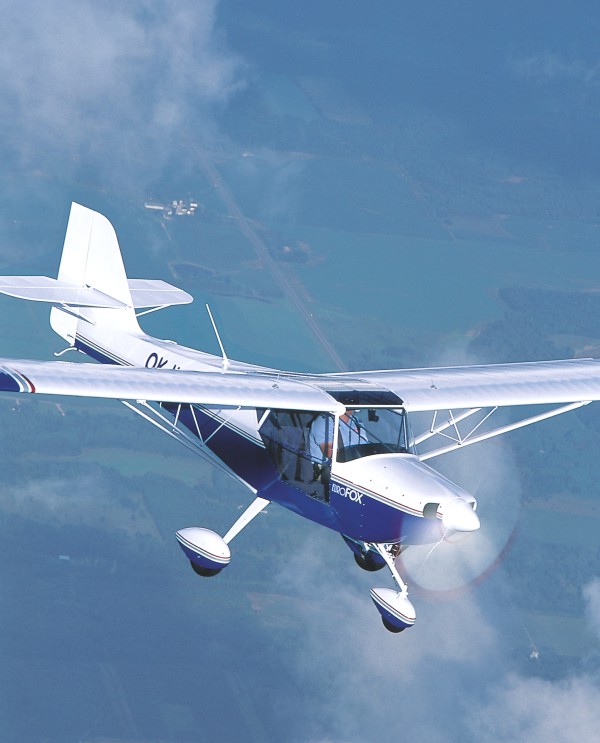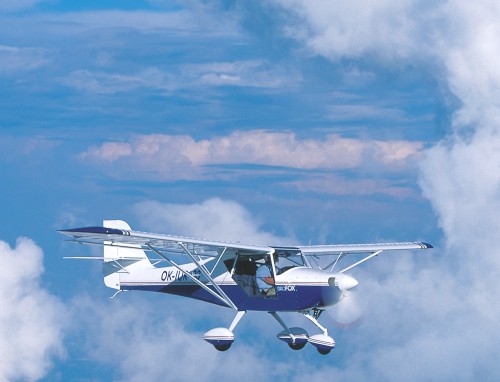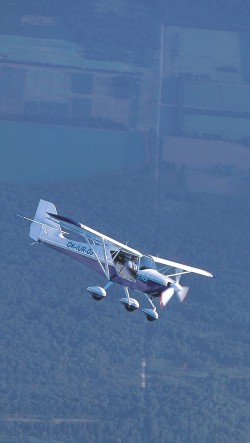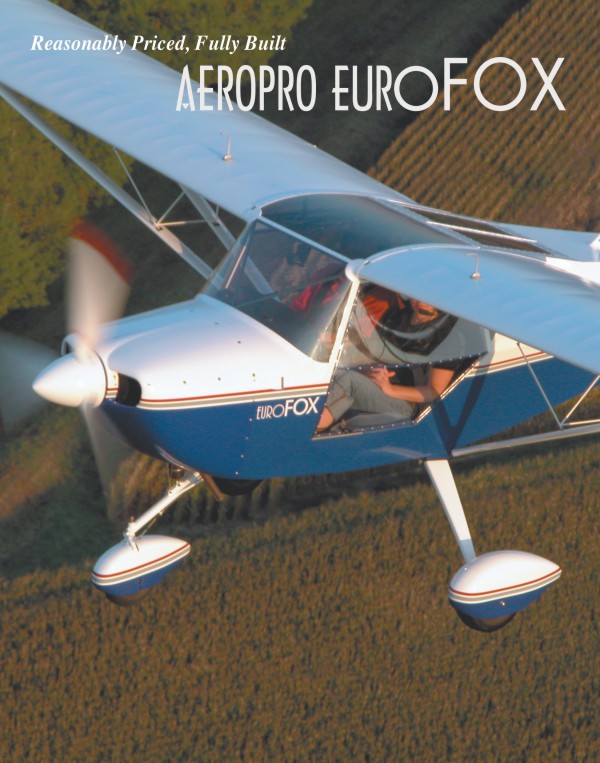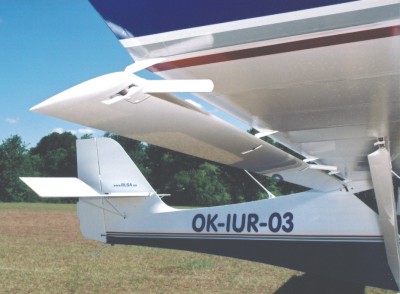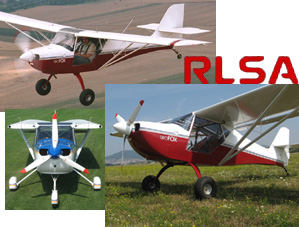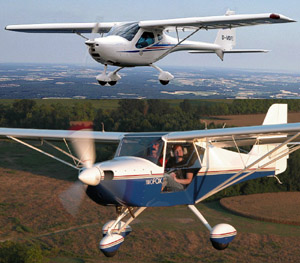
Now we count 32 new Special Light-Sport Aircraft that have won certification…all within less than one year! The newest arrivals come thanks to work by veteran light aircraft distributor Rollison Light Sport Aircraft and two manufacturers. The Indiana importer gained approval for the handsome German Remos G-3* and their Aeropro EuroFox (lower photo). The G-3 is an impressive design that forms the high end of LSA offerings. But if G-3 doesn’t fit your budget, you can consider RLSA’s economical model. EuroFox builder Aeropro has sold more than 180 aircraft. Priced in euros, RLSA lists a nicely equipped 80-hp Rotax 912 EuroFox for less than $60,000, which includes the cost of shipping from overseas. Quick-folding wings (“1 person, 8 min.”) may help you find space at the local airport. For more details, read my evaluation of EuroFox or G-3 right now. * [UPDATE: late 2006 — The Remos G-3 is now handled by Remos USA, Inc.]



